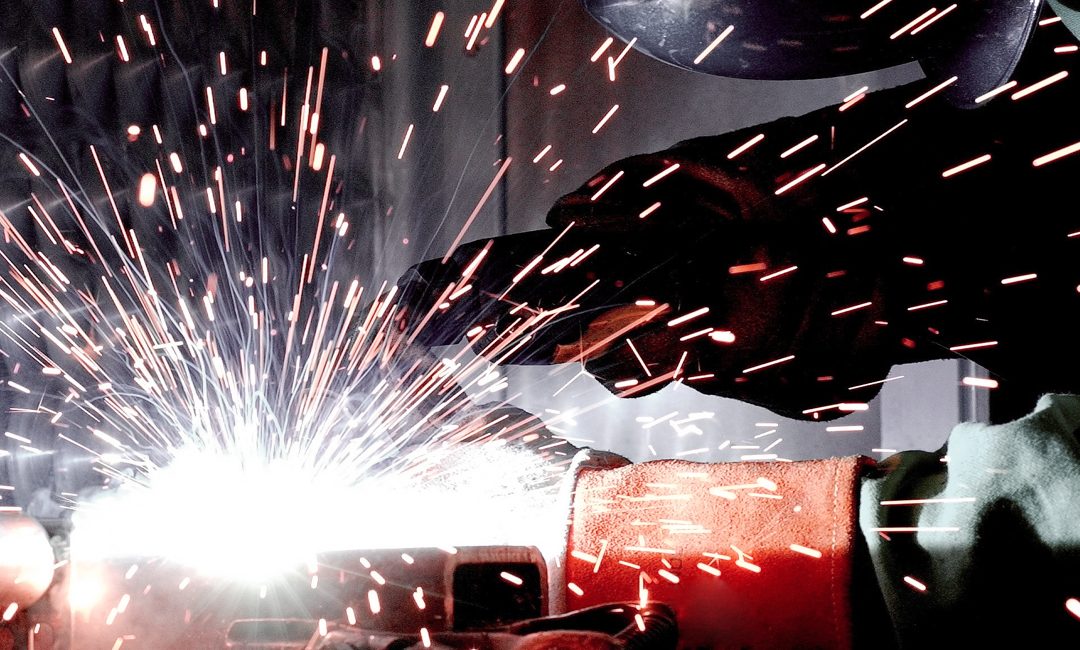Is Metal Fabrication really that easy? Do you simply take metal parts and weld them together and end up with a completed functional part? There is more to it than one might think.
So, in case you have been planning to employ some Metal Machining Services or are just an information sponge who is curious to learn more about this tedious process, here are things that you might want to know:
The Definition:
Metal Fabrication, simply put, is the process of taking parts and raw materials and bending, cutting and assembling them together.
It usually begins with bidding for a job that is suited to the fabricator. The quote is derived from an engineered drawing or a sample that the end-user wants. If the project is won, the fabricator will (should) do detailed layouts and produce job travelers to ensure that the end result will be to the customer’s satisfaction.
The drawing will contain all that is needed to produce a quality part. Drawings will contain dimensions – tolerances – material specifications – welding specs and finishing requirements if required.
Custom Fabrication Services are usually employed by OEMs, VARs, and contractors. Both human and automation are commonly required to work together to join, shape and form metal.
What raw materials are usually used by metal fabricators?
Fabricators use a wide variety of material. Some of the materials commonly used are aluminum, stainless, cold and hot rolled steels. Care must be taken to use the right materials for some may crack when bent or not hold up to stress applied.
Before we can understand what raw materials are required for Metal Fabrication, it would probably help if we knew how the entire process works first.
Some of the processes used to fabricate a part are punching, forming, welding, cutting, laser and water jet cutting.
Things you probably didn’t know about the process:
- Simply put, if care is not taken at the beginning – such as having proper tooling – proper work instructions – proper measuring equipment, the end result will not be favorable.
- If there are multiple items welded together in an assembly and one of the components should fail, the entire part will need to be scrapped. Things such as welding, proper forming and even burrs could turn a well-fabricated part into something that is not functional.
- Metal Fabrication can be a fairly simple process, but if proper care is not used from the beginning and throughout the process, it could be not as easy as one might think.

